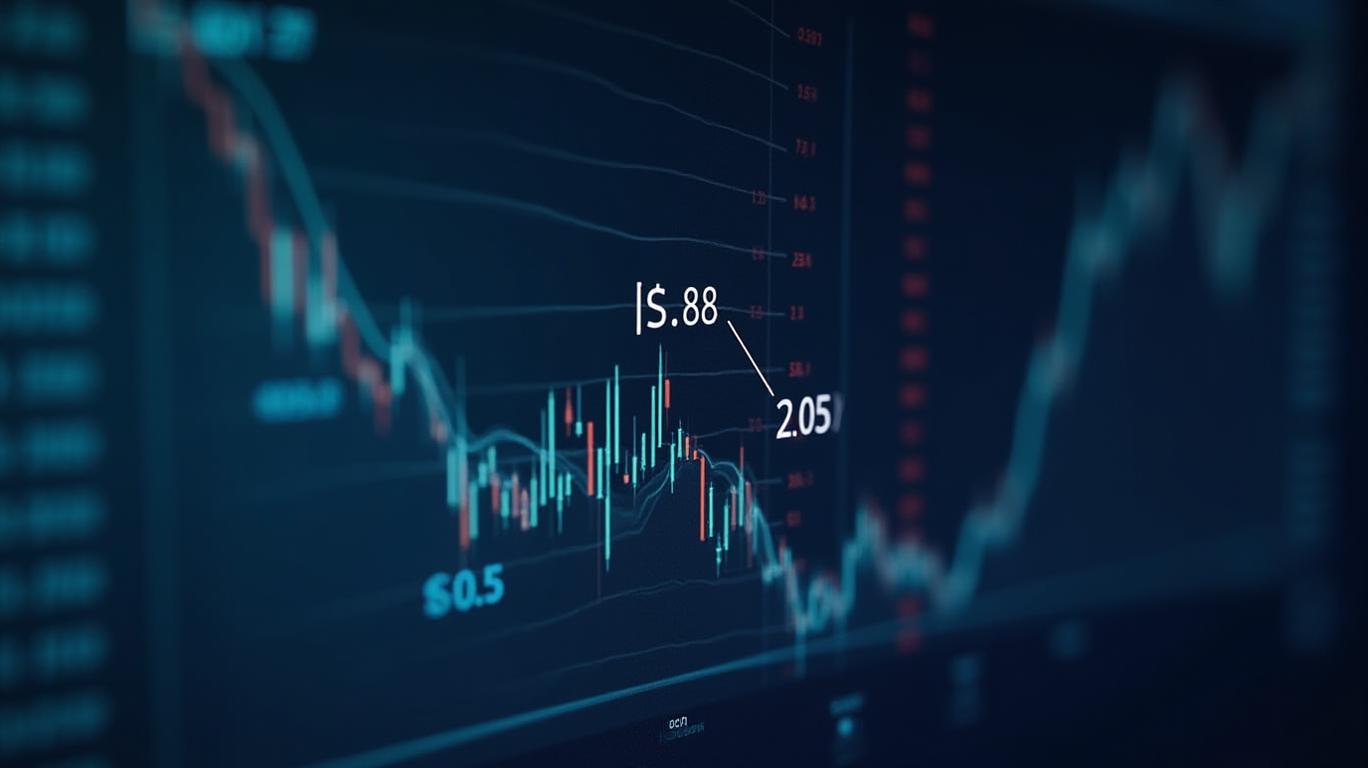Altisource Portfolio’s Q1 2025 Earnings: A Fragile Turnaround Amid Structural Challenges
Altisource Portfolio Solutions (NASDAQ: ASPS) reported a milestone in its long struggle for profitability: its first quarter without an adjusted net loss since 2021. The company’s Q1 2025 results showed a Non-GAAP EPS of $0.00, up from a loss of $(0.20) a year earlier, while service revenue rose 11% to $40.9 million, contributing to total revenue of $43.33 million. Yet beneath the surface, the data reveals a company balancing hard-won gains against persistent vulnerabilities.

The Debt Restructuring Payoff—and Cost
The most significant factor in Altisource’s turnaround was its February 2025 debt exchange, which slashed annual cash interest payments by $18 million and reduced GAAP interest expenses by $23 million. This restructuring, however, came at a cost: $3 million in one-time expenses and the issuance of 58.2 million shares, diluting existing shareholders. The move stabilized the balance sheet, extending debt maturities and reducing liquidity risks. Yet operating cash flow deteriorated to a $5.0 million outflow—worsening from a $2.2 million outflow in Q1 2024—a red flag for a company still reliant on cash reserves ($30.8 million as of Q1) to weather storms.
Operational Gains, But Fragile Foundations
The 14% year-over-year jump in Adjusted EBITDA to $5.3 million reflected both top-line growth and margin improvements. Foreclosure-related businesses, which benefit from rising delinquencies, saw EBITDA rise to $12.5 million, or 30.5% of service revenue. This countercyclical strength is critical: industry-wide foreclosure starts are up 25% year-over-year, though still 18% below pre-pandemic levels. CEO William B. Shepro emphasized that Altisource is positioned to capitalize on this trend, particularly as pandemic-era forbearance programs unwind.
Ask Aime: "Can Altisource's debt restructuring lead to sustained profitability?"
Yet challenges linger. Foreclosure sales remain 53% below 2019 levels, suggesting the recovery is uneven. Meanwhile, mortgage origination volumes dipped 1%, with refinancings up 25% but purchase originations down 11%. This divergence highlights Altisource’s reliance on a housing market in transition, where its services are countercyclical but not recession-proof.
The Profitability Paradox
The company’s GAAP net loss of $5.3 million underscores the gap between operational progress and accounting reality. Adjusted pretax income replaced a loss, but Luxembourg’s valuation allowance on deferred tax assets kept the effective tax rate near zero—a temporary boon. Investors must ask: Can Altisource sustain profitability if tax benefits fade or foreclosure activity flattens?
Institutional Crosscurrents
Insider confidence is rising: CEO Shepro and CFO Michelle Esterman bought 210,498 shares each in the prior six months. Yet institutional investors remain divided, with 10 adding shares and 17 reducing positions. This split reflects skepticism about whether Altisource’s gains are durable or merely a blip in a volatile sector.
Conclusion: A Fragile Milestone, But Momentum Exists
Altisource’s Q1 results mark a critical inflection point. Revenue and EBITDA growth, driven by debt restructuring and rising foreclosure activity, suggest management’s strategy is working—but the company remains exposed to macroeconomic headwinds. Foreclosure starts are rising, but sales lag, mortgage origination volumes are mixed, and cash flow remains precarious.
The company’s adjusted EBITDA margin expansion to 12.9% (from 10.4% in Q1 2024) and a $34–42 million sales pipeline across segments hint at operational resilience. If U.S. delinquency rates rise as expected—potentially to 4.5% by 2026 from 3.8% now—Altisource’s countercyclical businesses could drive further gains. However, investors must weigh this potential against the risks: a cash flow deficit, shareholder dilution, and dependence on a housing market that could stagnate.
For now, Altisource has bought itself time. The question is whether it can convert operational momentum into sustained profitability—or if this quarter’s breakeven result remains an elusive peak. The answer hinges on whether the foreclosure tailwind outpaces the headwinds of uneven mortgage markets and cash flow fragility.










